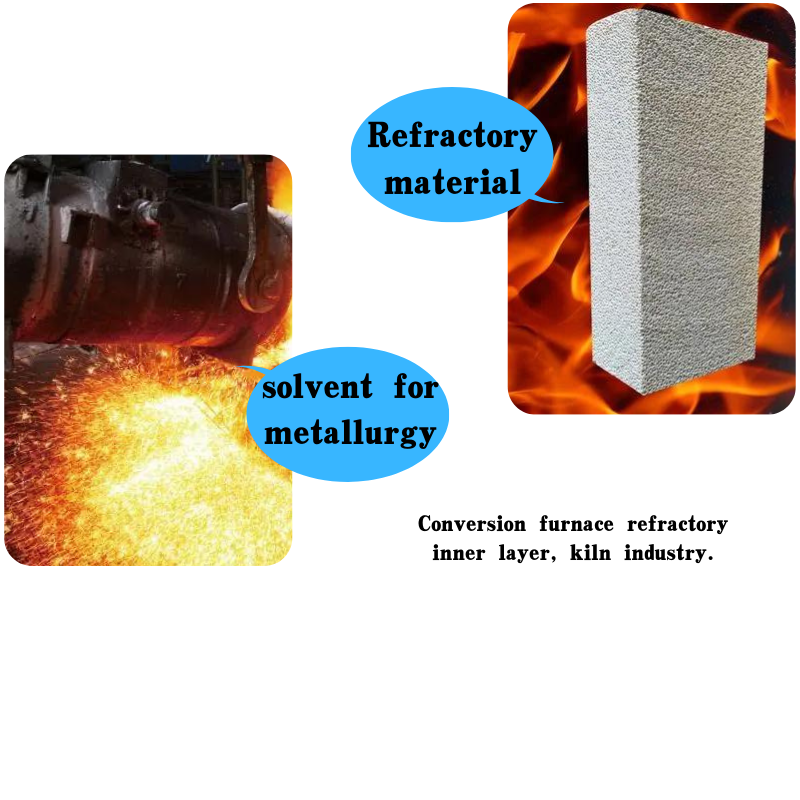
Bleaching Clay Applications in the Refining of Edible Oils and Fats
The Role of Bleaching Clay in Edible Oil Processing
Bleaching clay, often referred to as activated clay, plays a crucial role in the refining of edible oils. This natural mineral adsorbent is widely utilized in the food industry to improve the quality of oils by removing unwanted impurities. The use of bleaching clay in edible oil refining enhances both clarity and flavor, making it an essential component for producing high-quality oils.
Understanding Bleaching Clay
Bleaching clays are primarily composed of montmorillonite and other clay minerals that possess high adsorptive properties. These clays are treated and activated to enhance their effective surface area and reactivity, allowing them to bond with unwanted substances in oils. Apart from the culinary applications, bleaching clay is also employed in various industries, including pharmaceuticals and cosmetics, owing to its purity and absorbent characteristics.
The Bleaching Process
In the refining process of edible oils, crude oil often contains several impurities such as pigments, free fatty acids, and traces of phospholipids. The presence of these components can affect the oil's appearance, stability, and taste. Bleaching clay is introduced into the oil during the bleaching phase, where it absorbs undesirable color pigments and other impurities. As the mixture is heated and agitated, the impurities bind to the clay particles, which are subsequently removed through filtration.
The effectiveness of bleaching clay is influenced by several factors, including the clay's activation level, the temperature and duration of the bleaching process, and the type of oil being refined. Typically, a concentration of 1-5% bleaching clay is used, depending on the specific oil and quality requirements.
bleaching clay for edible oil

Benefits of Using Bleaching Clay
1. Improved Clarity and Color By removing colored pigments, bleaching clay enhances the visual appeal of edible oils, giving them a clearer and lighter appearance. This is especially important for oils like palm oil and soybean oil, which can have pronounced colors that may deter consumers.
2. Enhanced Stability Bleaching clay helps in reducing the oxidative potential of oils by removing free fatty acids. This contributes to a longer shelf life and better stability of the oil, making it more appealing for consumers.
3. Neutral Flavor The removal of certain volatile compounds during the bleaching process also helps in achieving a neutral taste. This is particularly significant for oils intended for cooking or salad dressings.
4. Cost-Effectiveness Using bleaching clay can be a cost-effective method compared to more complex refining techniques. It simplifies the oil refining process, saving both time and resources while producing high-quality edible oil.
Conclusion
In summary, bleaching clay is an integral part of the edible oil refining process, enhancing both the quality and marketability of oils. Its ability to remove impurities, improve clarity, and neutralize flavor makes it indispensable for food manufacturers. As consumer preferences continue to evolve towards healthier and clearer oils, the significance of bleaching clay in the edible oil industry will likely grow, solidifying its role as a vital ingredient in oil processing.
Share
-
Premium Pigment Supplier Custom Solutions & Bulk OrdersNewsMay.30,2025
-
Top China Slag Fly Ash Manufacturer OEM Factory SolutionsNewsMay.30,2025
-
Natural Lava Rock & Pumice for Landscaping Durable Volcanic SolutionsNewsMay.30,2025
-
Custom Micro Silica Fume Powder Manufacturers High-Purity SolutionsNewsMay.29,2025
-
Custom Mica Powder Pigment Manufacturers Vibrant Colors & Bulk OrdersNewsMay.29,2025
-
Custom Micro Silica Fume Powder Manufacturers Premium QualityNewsMay.29,2025






